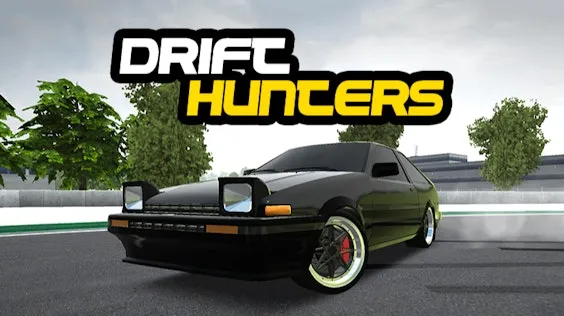How do
The "How do" track in the racing game Polytrack features a dynamic layout that challenges players with sharp turns and thrilling straightaways, ensuring an exciting race every time.
v2GAo92dgQ2b4pdTRmjFCDDDEVZzhKqonOOAcF4gZOxJ8YLOJACpR2CS1fMvxjlV2TbJ97cHRjcsSoGjYOK0AHrfBk41YeuwR9E1WuFOGARCtxoVO2b5EqzoXIXmaNKBP9OSwTpTkMEkcnWfpDQfdRX1BN76aofsMtNHpdieSpv88p0K8GNK4TfeOl3BzeTMjXkSJkL7lzlAl9ytM5NPV2aK160vz26U4f5G8WGwfHSJ0Dfr7uT3cKgNw1iu6LGe9JTGGames You Might Like
How do
How do you create the Polytrack racetrack?
When it comes to racing games, the excitement of a well-designed track can make all the difference. One standout track that has garnered attention in the racing community is the Polytrack. This track is not only visually stunning but also offers a thrilling experience for players. But how do you create a Polytrack racetrack that stands out? In this article, we will delve into the essential aspects of designing this iconic course.
Understanding the Design Elements of Polytrack
To create a Polytrack, one must first grasp the fundamental design elements that make it unique. The Polytrack is characterized by its smooth surface and a combination of various terrains that challenge drivers. The layout often features a mix of straights and curves, allowing players to experience both high-speed sections and technical turns. This balance is crucial in ensuring that the track offers a diverse racing experience.
Additionally, the aesthetics of the Polytrack play a significant role in its design. Bright colors, dynamic textures, and immersive environments contribute to the overall atmosphere of the race. Designers need to consider how these visual elements will interact with the gameplay, creating an engaging and immersive experience for players.
Creating the Track Layout
One of the most critical steps in designing the Polytrack is creating the layout. This process involves mapping out the various segments of the track, including straights, bends, and elevation changes. The layout should be intuitive yet challenging, encouraging players to improve their racing skills. A well-thought-out design can lead to exciting overtaking opportunities and strategic gameplay.
Moreover, the length of the track is an essential factor. A longer Polytrack allows for a more extended racing experience, while a shorter one can lead to more intense action. Designers must strike a balance between these elements, ensuring that the track remains engaging throughout its duration.
Incorporating Obstacles and Features
To enhance the excitement of the Polytrack, incorporating obstacles and features is vital. Elements such as jumps, chicanes, and barriers can add an extra layer of challenge. These features not only test the skill of the players but also contribute to the visual appeal of the track. The placement of these obstacles should be strategic, allowing for both risk and reward in racing maneuvers.
Moreover, environmental features such as trees, buildings, and spectators can significantly enhance the racing atmosphere. These elements not only make the track visually appealing but also provide a sense of realism that draws players into the experience.
Testing and Iteration
Once the initial design of the Polytrack is complete, the next step is testing. This stage is crucial for identifying any issues with the layout or features. Playtesting allows designers to gather feedback on the track’s flow and the overall racing experience. Are there any sections that feel too easy or too difficult? Are overtaking opportunities sufficient? These questions should be addressed during the testing phase.
After gathering feedback, it’s time to iterate on the design. Making adjustments based on player experiences can lead to a more polished and enjoyable final product. This iterative process is essential in refining the Polytrack, ensuring it meets the expectations of players and provides a thrilling racing experience.
Final Touches and Launch
With the design finalized and tested, the final touches can be added to the Polytrack. This includes polishing the visuals, enhancing the sound effects, and ensuring that the track is optimized for performance. These final tweaks can significantly impact the player’s experience, making the track feel more immersive and exciting.
Finally, once everything is in place, it’s time to launch the Polytrack to the gaming community. Promoting the track through social media, gameplay trailers, and community events can generate excitement and anticipation. Engaging with players and gathering their feedback post-launch is also essential for future updates and improvements.
Conclusion
Creating the Polytrack is a multifaceted process that involves careful planning, design, and iteration. By understanding the essential elements that make this track unique, designers can create an exciting and immersive racing experience. From the layout to the obstacles, every detail contributes to the overall thrill of the race. As players take to the Polytrack, the culmination of these efforts will be evident in their exhilarating experience on the track.






